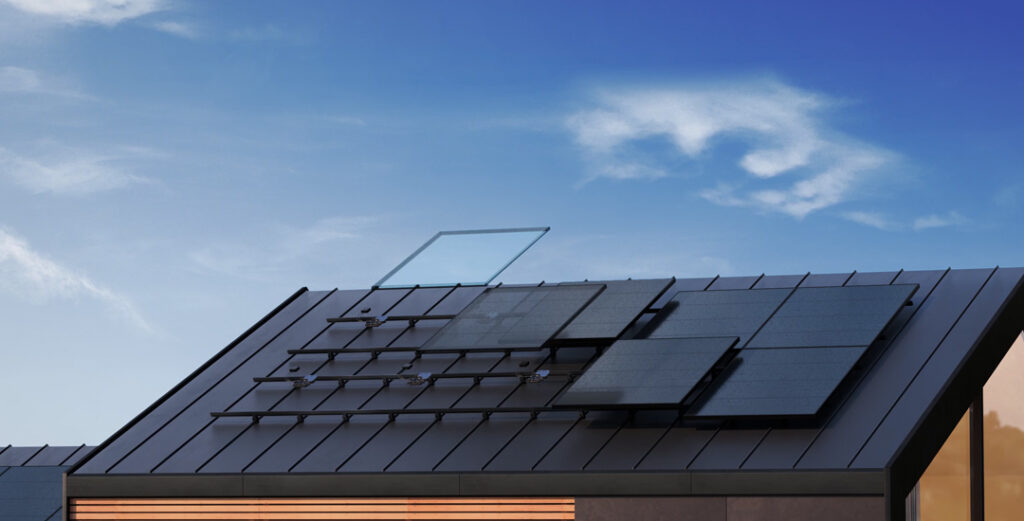
HOME BATTERY SUBSIDY
Interested in learning more about the home battery subsidy? We’re ready to support homes in our area of operations. Learn more about the subsidy here.
Our solar range includes a variety of solutions for different homes and businesses. If scalability is important to your planning, (changing the size of your array in the future) one of our options includes the Enphase Microinverter Solar Solutions. A key benefit of these systems is the ease with which they can be adapted. New panels can be easily added in the future, enabling your solar system to keep up with your changing needs.

The Need For Solar Scalability
We live in an era of change and adaptation. While it isn’t always easy to see what the future will bring, it can be certain that it will bring more change! For example, in 5 years time you may have an electric car, (or two) in the garage that need to be charged every day. That’s why factoring scalability into your installation is an important consideration.
How Is Solar Scaled Up?
To increase the power generated by your solar system, either more panels need to be added or existing panels need to be replaced with more efficient panels. This isn’t easily done with a traditional DC solar installation, where adding more panels to your system may require a new inverter to handle the additional power being collected.
Scaling With AC Solar
Enphase Microinverter Solar approaches solar in a different way. The inversion process is undertaken at each individual panel, rather than a central inverter. This means that more panels can be added to the system as required without jeopardising the ability of the system to handle the added power. Another advantage of AC Solar is the minimum panel requirement. DC systems require a minimum of 8 panels, whereas AC systems don’t have a minimum. The configuration can be scaled to suit your needs, however big or small they may be.
Learn More About Solar Solutions
If you’re interested in learning more about solar solutions or getting a quote, please contact our team. We service Noosa and surrounding suburbs.
